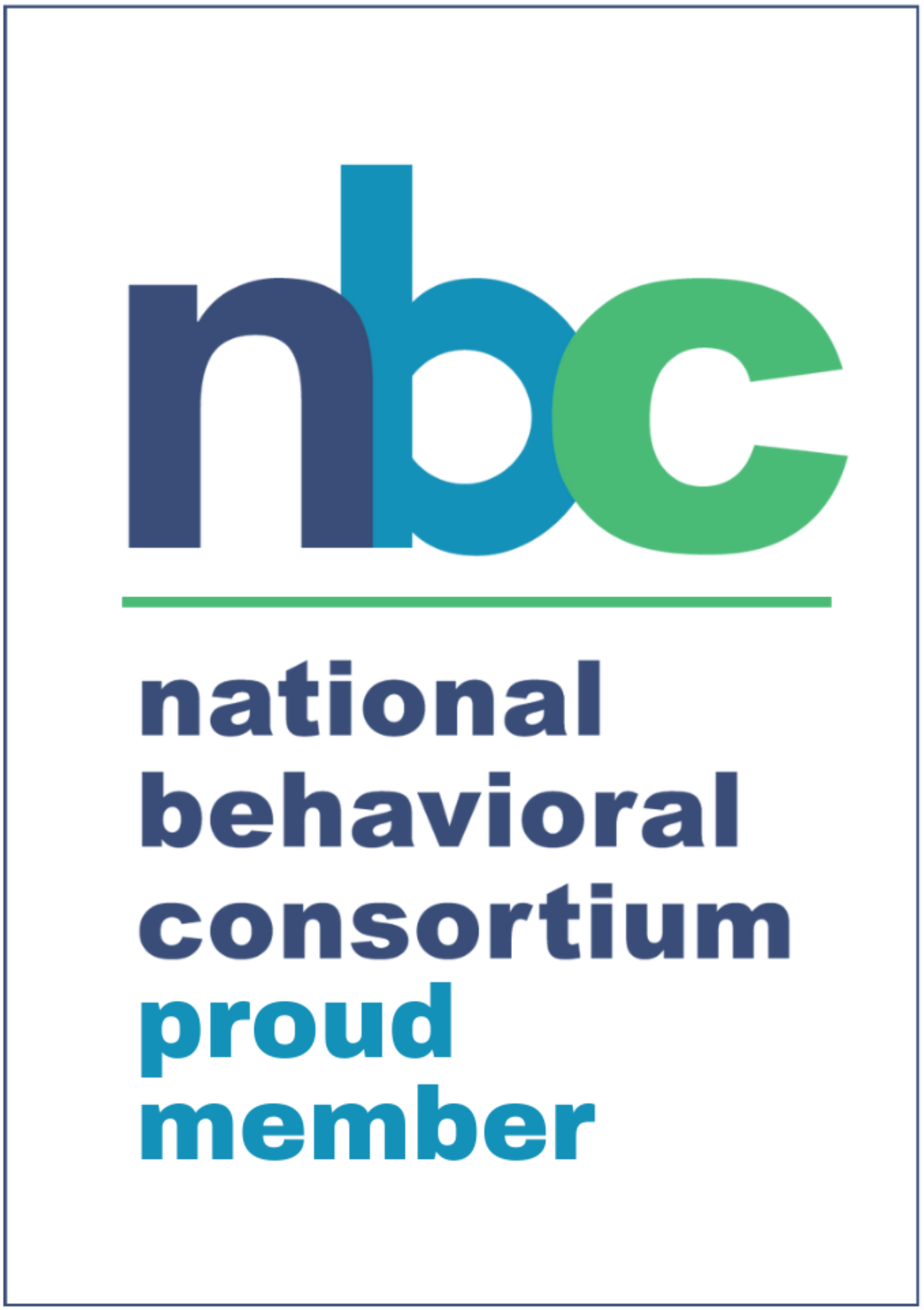Today is #BackToTheFuture day, marking Marty McFly’s futuristic flight to October 21, 2015, as imagined from 1989, when telephones were all leashed and something called the Internet was a sleepy backwater for a handful of military folk and academic researchers. While the film scored several direct hits – wearable technology,video calls, fingerprint recognition – some predictions fell well wide of the mark, though with driverless cars on the horizon can flying cars be that far behind? Here’s a list of what MINES sees as the most noteworthy, in some cases, landmark changes in behavioral health and substance abuse treatment in the last 30 years, with an emphasis on advances in employer-sponsored health coverage.
The Changes
Drug-free workplace Act of 1988 passes
The Drug-free workplace Act of 1988 establishes new guidelines for how to construct and implement programs that significantly decrease worksite drug abuse while increasing onsite productivity.
In the early 1990s managed mental health care made its entrance into the healthcare arena, with EAP being a source of referral into provider networks.
The inclusion of Managed Care for behavioral health changed the conversation about what accessing healthcare around behavioral health issues looked like by improving access to evidence-based solutions while decreasing behavioral health risk for employers offering services.
NCQA is formed in 1990
The NCQA was established to accredit organizations that provided evidence-based solutions for various intervention methodologies.
In 1990. WHO declassified homosexuality as a mental disorder
For a slew of reasons, including the later discovery of body dysmorphia, this changed the way we discuss homosexuality and other sexual and gender-related dysmorphic orientations, leading to later legal changes.
Depression is identified as a significant risk factor in medical treatment adherence
This, among other studies, identifies many changes to the way that we charge, and interact with, disorders that ultimately changes our fee structure from FFS to FFV. We have been working in, and waiting for, this model for years!
SAMHSA founded in 1992
SAMHSA resulted in a number of new interventions for behavioral health that included Access to Recovery (ATR) and Screening, Brief Intervention, and Referral to Treatment (SBIRT). MINES has been intimately involved in the implementation of these methodologies that have saved lives and influenced the course of human events in Colorado for over a decade.
1995-97: ACE studies identify significant implications of early factors in health experience
Adverse Childhood Experiences are identified with high validity for longitudinal physical and behavioral health issues. These early identifiers are starting to be used in primary care.
HIPAA is established in 1996
The HIPAA laws started in 1996, but HiTech as a part of the American Reinvestment and Recovery Act really added teeth to the act. Most of behavioral health becomes afraid of information technology as a result of the 1996 act.
42.CFR.Part 2: 2002
The exclusion of health information regarding substance abuse issues significantly debilitates inclusion in public health information exchange resulting in reductions in capacity for intervention out of fear for privacy protection.
Meaningful use excludes behavioral health in 2009
The exclusion of independent Behavioral Health providers from Meaningful Use decreases the efficacy of integrated behavioral health by downgrading the value of those providers.
By 2007, more than 75% of employers provide an EAP to their employees
Finally, data on EAPs start to show their implementation pass 3 in 4 companies. Despite the quantity, quality improvement is still not established, nor quantified.
DSM-V is published in 2013
Significant advancements in the diagnosis of trauma disorders make major advances in the Diagnostic and Statistic Manual.
Denver Startup Week focuses on Behavioral Change as a part of Healthcare
Despite the regulatory environment working against behavioral health, somatic health is recognizing, from a market perspective, that changes have to be seen in our intervention methodologies.
Bonus
- MINES implemented our first EAP in 1986, and our first Managed Behavioral Health contract in 1988, a history we’ve continued to 2015.
- Antonovsky’s theory of Sense of Coherence and Salutogenesis are published in 1979, slightly before McFly enjoys his first trip through time. Beginning in 2011, salutogenesis has come to embody a new architecture for the interactional, yet individualistic, approach that MINES implemented as a core value in the understanding of a given patient’s current health state.
- In 1973, Daniel Kahneman, with Amos Teversky, publishes cognitive bias theory which helps to underwrite the basis for Behavioral Economics – resulting in a new understanding of decision-making related to health decisions. His 2013 book, Thinking Fast and Slow, (fitting into the list) establishes his lifetime work in a way that influenced MINES’ overall understanding of cognitive errors.
Honorable Mention
Protection and Advocacy for Individuals with Mental Illness Program (PAIMI)
MINES hasn’t had any real interaction with this act or its implications, however, while researching this article came across a piece of legislation that appears to have some very significant value for the community as a whole. Based on its construction, we would highly suggest it has merit beyond our scope.
And 5 predictions for the next 5 years
- Significant integration of behavioral health into primary care
- Behavioral Health, unencumbered by Meaningful Use, will leapfrog legacy health systems
- Further destigmatization of behavioral health treatment
- Marijuana laws will further complicate workplace drug-free programs
- Greater focus on resiliency as a methodology for creating healthier populations
What did we miss?
We’re 100% sure you have things to add to this list. Most of these have been implemented and we’ve seen their impact. But maybe you have other thoughts as to changes in the last 30 years that have dramatically affected Behavioral Health. What do you think? Comment below or provide thoughts on twitter. We’d love to hear from you!
Ryan Lucas
@dz45tr
Manager, Engagement & Development
With support from Robert Mines, Ph.D. (@robertamines), Richard Lindsey, Ph.D., Charles Epstein (@Backboneinc), Nic McKane











Leave A Comment